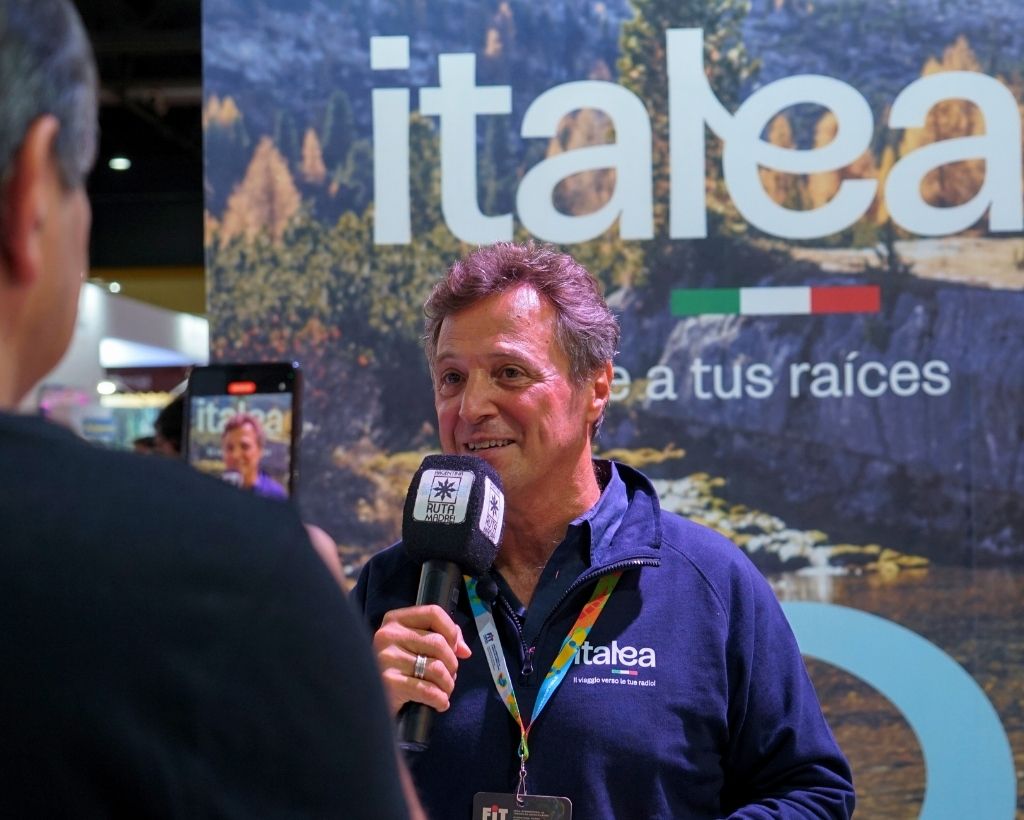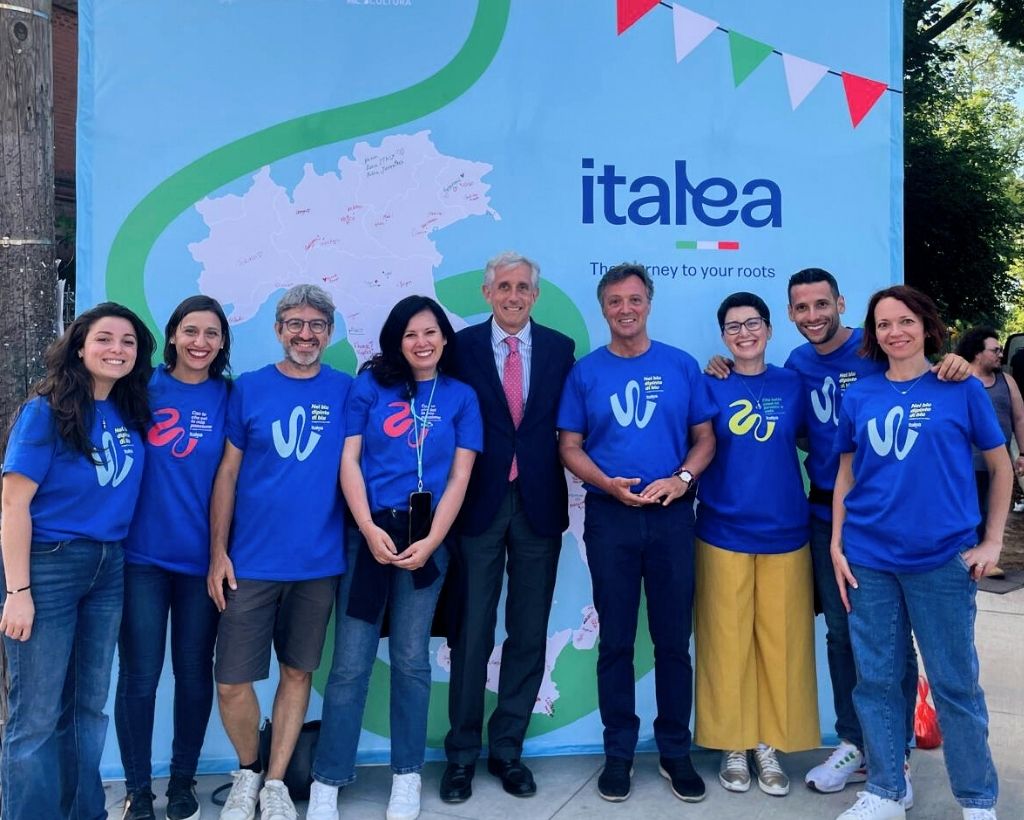Rediscovering roots, reviving communities
How Italea transformed "roots tourism" into a global movement
Italea has evolved from an ambitious vision to an internationally-recognised program. Supported by the Italian Ministry of Foreign Affairs and EU recovery funds, the initiative has established platforms, partnerships, and networks that connect millions of people of Italian descent with their ancestral towns.
When the Italian Ministry of Foreign Affairs and International Cooperation launched Italea two years ago, it was more than a tourism initiative—it was an invitation to the millions of Italians abroad and their descendants to return to their roots. Funded through the National Recovery and Resilience Plan (PNRR) and the European Union’s NextGenerationEU program, Italea was conceived as a bridge between past and present, transforming family history into meaningful journeys across the landscapes, villages, and traditions where the Italian migration story began. By 2024—officially designated the Year of Italian Roots in the World—Italea had already emerged as recognisable global brand, bringing together ministries, regions, municipalities, and diaspora organisations in a united effort.
Its early achievements are remarkable. The national platform italea.com has evolved into a comprehensive portal, offering prospective travellers access to information, itineraries, and tools for tracing their family histories. The introduction of the Italea Card created a system of discounts and benefits across hundreds of partner businesses in hospitality, culture, transport, and retail. A landmark agreement with ITA Airways further supported the initiative by providing reduced fares for diaspora travellers, making the dream of returning home more attainable. Today, every region of Italy has developed its own Italea network, wherein local guides, genealogists, and cultural experts pull together to ensure each traveller’s return is deeply personal—rooted in genuine encounters, not just generic sightseeing.
At the local level, the program has mobilised more than 800 municipalities, many of them small towns long been absent from traditional tourism circuits. Through grants and calls for proposals, these communities have staged festivals, exhibitions, and gatherings to welcome descendants back into their fold. For villages grappling with depopulation and economic decline, Italea has brought not only visibility but also renewed pride and a sense of shared purpose.
Internationally, the initiative embarked on an ambitious roadshow, presenting itself at major travel fairs in Buenos Aires and São Paulo, community events in Detroit, and at Italian festivals in Melbourne. Italian Cultural Institutes have supported the effort by hosting film series in cities from New York to Sydney. Together, these activities have woven cultural diplomacy, memory, and promotion into a powerful narrative—one that resonates deeply with diasporic communities around the world.
Behind this momentum is a carefully structured use of resources. The €20 million allocated through the PNRR—specifically under the “Attractiveness of Villages” investment line—has financed the platform, the communications strategy, and direct support for municipalities. At the same time, the program leveraged the strength of Italy’s diplomatic network, its cultural institutes, Ente Nazionale Italiano per il Turismo (ENIT), and numerous diaspora associations, all of which have provided venues, outreach, and expertise. The Italea Card, in turn, has mobilised the private sector, engaging hotels, restaurants, and artisans who see “roots tourism” as both a cultural mission and an opportunity for growth.

The results are already tangible. The Italea platform has recorded over 1.5 million visits, with more than 12,000 travellers formally registered as viaggiatori delle radici (“roots tourism” travellers). Over 700 businesses are now affiliated with the Italea Card. Yet perhaps the most significant impact cannot be captured in numbers: it lies in how the initiative has decentralised tourism, redirecting attention to the towns and villages that truly embody the Italian migration story. It has helped rebuild ties between family archives, parish records, and living communities. Italea has demonstrated that memory can be a catalyst for sustainable development—and that nostalgia, when transformed into meaningful action—can generate lasting value for both people and places.
At the heart of this initiative is Giovanni Maria De Vita, diplomat and National Coordinator of the Roots Tourism” project. Since 2018, he has chaired the Technical Table on Roots Tourism, bringing together ministries, regions, associations, and academic experts. Under his guidance, years of research and pilot projects were transformed into a cohesive national strategy—with a name, a platform, and an ambitious calendar of initiatives. De Vita’s vision rests on two core principles: that communities abroad must be genuine co-designers of the program, and that Italy’s small towns must be its true beneficiaries. Backed by a dedicated team at the Directorate-General for Italians Abroad, his leadership has ensured that Italea is not merely a short-term campaign, but a long-term system designed to endure well beyond the timeframe of EU funding.
As Italea enters its third year, the challenge will be to sustain momentum, increase visitor flows, and ensure that municipalities continue to build on their experiences. Yet the program has already proven a remarkable point: heritage is not just about looking back; it is also about looking forward. For descendants abroad, Italea has opened a door into their own identities; for Italian communities, it has offered both an economic and cultural future. Ultimately, this initiative has shown that the story of migration doesn’t end with departure—it continues through return and the shared understanding that the roots of one family can become the lifeblood of many communities.





